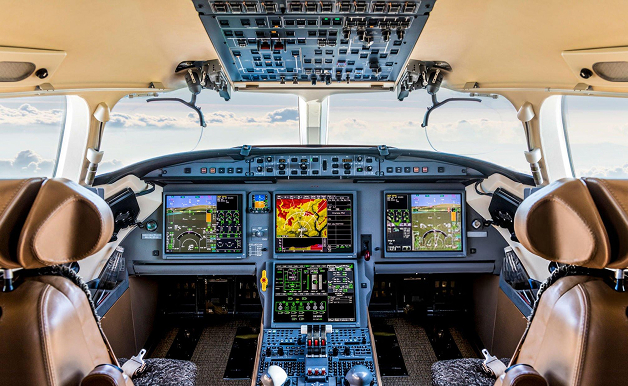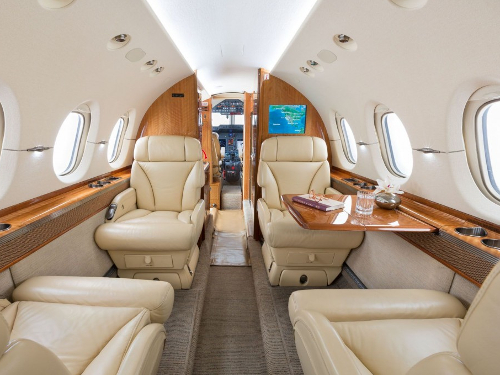
Aviation stands as a testament to human ingenuity and our relentless pursuit of excellence. It connects continents, fuels economies, and brings people together. Central to this incredible feat is an unwavering commitment to safety, a principle that is not a destination, but a continuous journey of improvement. While air travel is already one of the safest forms of transportation, the industry never rests on its laurels. So, how do we keep pushing the boundaries of aviation safety?
It’s a multi-faceted approach, blending cutting-edge technology, rigorous training, robust regulatory frameworks, and a deeply ingrained culture of vigilance. Let’s explore some key areas:
Technological Advancements: The Co-Pilot of Progress
Technology is at the forefront of enhancing safety. From sophisticated avionics in the cockpit to ground-breaking maintenance tools, innovation plays a pivotal role.
- Next-Generation Navigation & Surveillance: Systems like ADS-B (Automatic Dependent Surveillance-Broadcast) provide more precise aircraft tracking for air traffic control and pilots, enhancing situational awareness and reducing the risk of mid-air collisions.
- Predictive Maintenance: AI and machine learning algorithms analyze vast amounts of data from aircraft sensors to predict potential component failures before they happen. This allows for proactive maintenance, minimizing unexpected issues and improving aircraft reliability.
- Enhanced Weather Forecasting & Onboard Systems: Advanced radar systems, real-time weather data uplinks, and sophisticated onboard detection systems (like turbulence detection) give pilots better tools to navigate challenging weather conditions safely.
The Human Element: Training, Culture, and Well-being
While technology is crucial, the human element remains paramount. Well-trained, alert, and empowered personnel are the bedrock of aviation safety.
- Crew Resource Management (CRM): This isn’t just a buzzword. CRM training emphasizes effective communication, teamwork, decision-making, and workload management among flight crews, cabin crews, and even ground staff. It ensures that all available resources (human and technological) are used effectively.
- Fatigue Risk Management Systems (FRMS): Recognizing that human fatigue can impair performance, FRMS are scientifically-based systems to monitor and manage crew fatigue, ensuring pilots and crew are well-rested and alert.
- Safety Culture & Just Culture: Fostering a strong safety culture encourages open reporting of errors or hazards without fear of blame. A “Just Culture” distinguishes between acceptable human error and unacceptable negligence, allowing valuable lessons to be learned from incidents and near-misses to prevent future occurrences.
Robust Regulatory Frameworks & Safety Management Systems (SMS)
Standardization and proactive risk management are vital for maintaining high safety levels globally.
- International & National Standards: Organizations like ICAO (International Civil Aviation Organization), FAA (Federal Aviation Administration), and EASA (European Union Aviation Safety Agency) set stringent global and regional standards for aircraft design, manufacturing, operations, and maintenance.
- Safety Management Systems (SMS): Most aviation organizations are required to implement an SMS. This is a systematic approach to managing safety, including the necessary organizational structures, accountabilities, policies, and procedures. SMS proactively identifies hazards, assesses risks, and implements control measures to mitigate them.
Collaboration and Data-Driven Insights
Safety isn’t proprietary. The aviation industry thrives on sharing information and learning collectively.
- Data Sharing Programs: Initiatives like ASAP (Aviation Safety Action Program) and FOQA (Flight Operations Quality Assurance) allow for the voluntary collection and analysis of safety data. This information helps identify trends, potential risks, and best practices across the industry.
- Industry Working Groups & Forums: Airlines, manufacturers, regulators, and service providers regularly collaborate through working groups and conferences to discuss safety challenges and develop solutions together.
Charting the Course for Even Safer Future
Enhancing aviation safety is an ongoing mission, driven by a collective commitment from every individual and organization within the industry. From the engineers designing next-generation aircraft to the ground crew ensuring a safe turnaround, every role is critical.
At NBJ VIP Ground Handling Ltd. we provide reliable ground handling services that upholds the highest safety standards. we understand that safety is the foundation upon which the entire aviation ecosystem is built.
As new technologies emerge, operational environments evolve, and new challenges (like integrating unmanned aerial systems or focusing on sustainable aviation) arise, the dedication to enhancing safety will only intensify, ensuring that the skies remain a domain of remarkable security and reliability.
